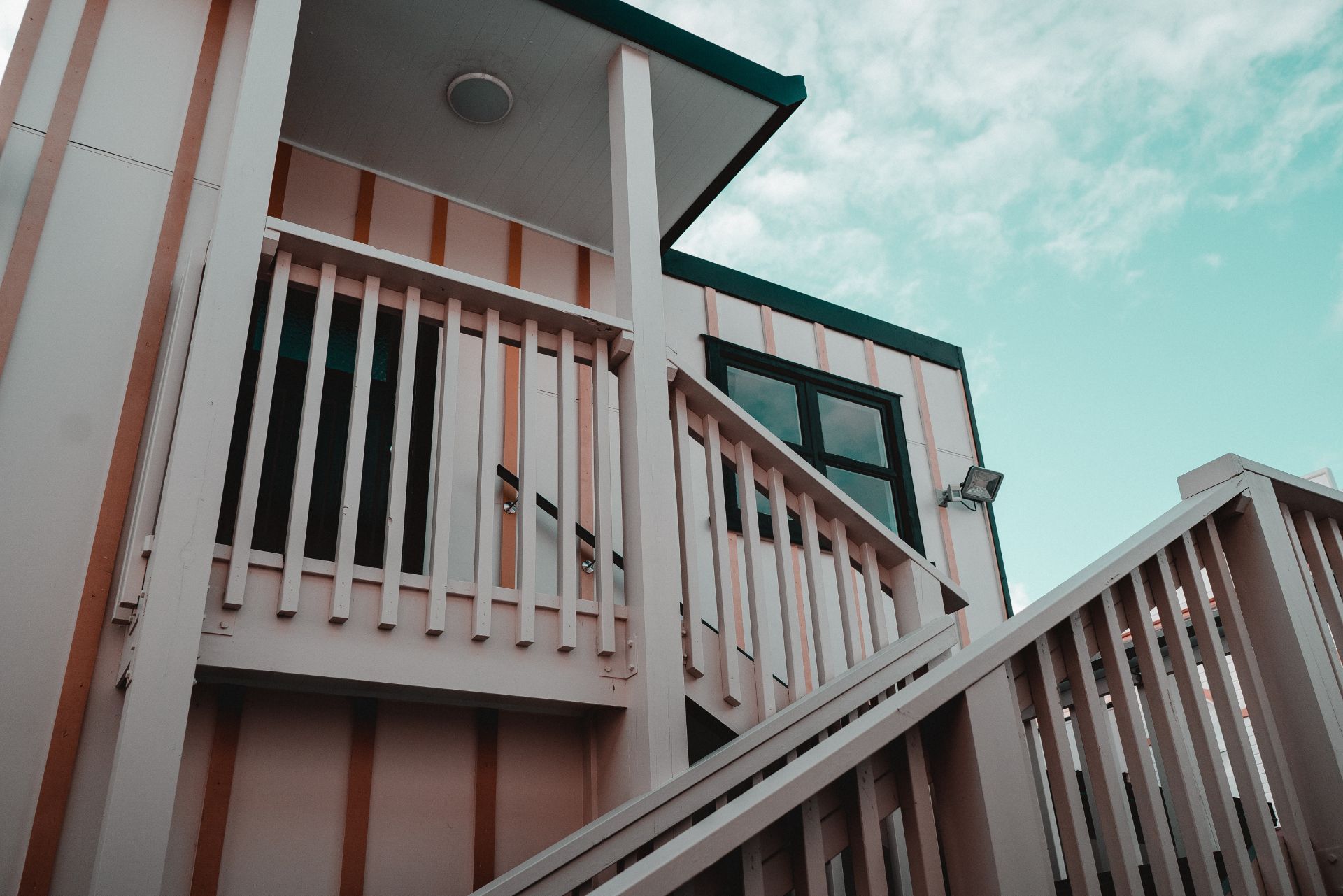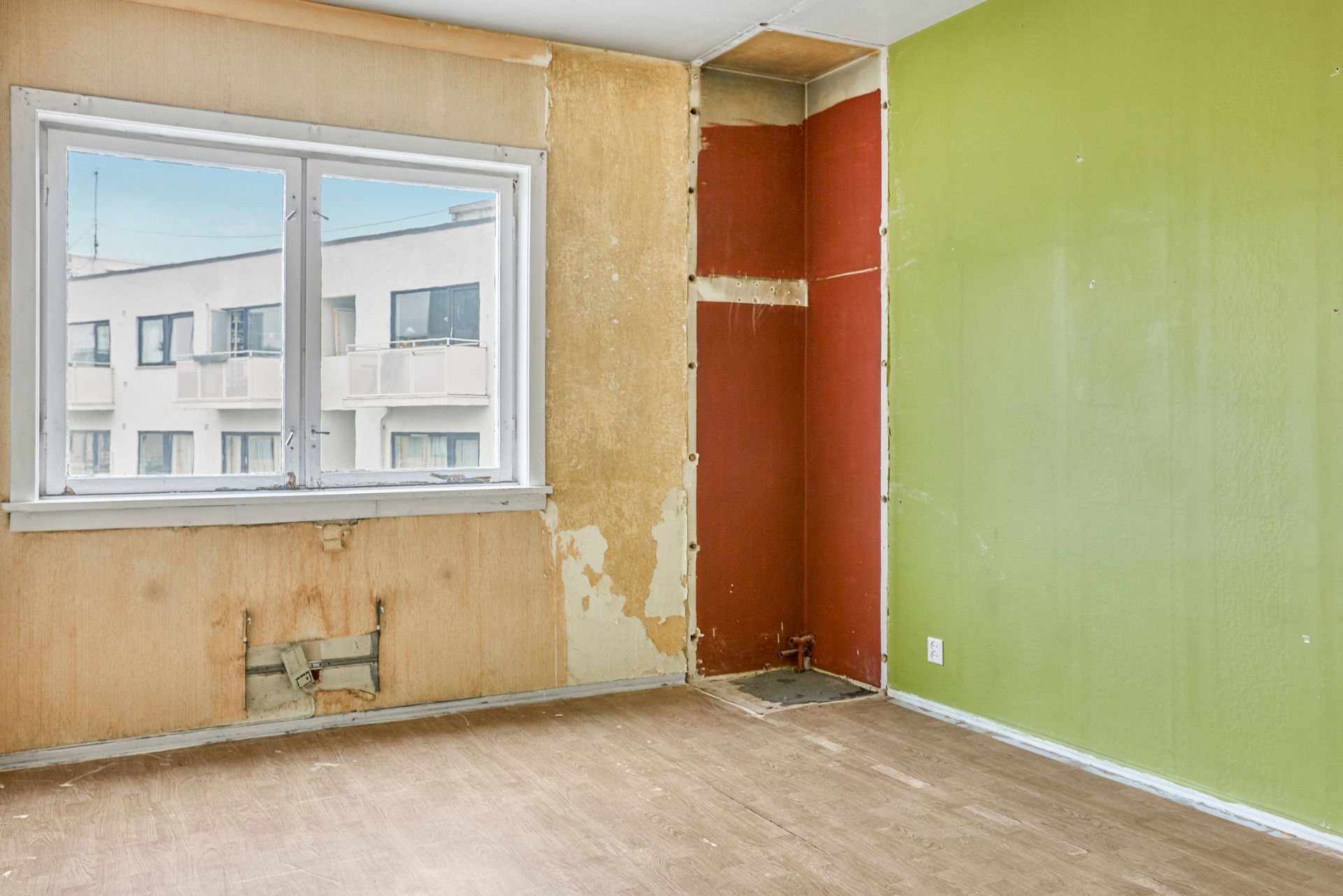Minnesota Vacant Rental Property Insurance

See How We're Different
or call us: (763) 242-1668
Common Business Insurance Policies
By: Matt Larsen
Owner of Capstone Insurance Group & Restaurant Insurance Advisor
763-242-1668
Index
Contact Us
Owning rental property in Minnesota comes with many responsibilities, but one of the most critical aspects that landlords must navigate is insurance—especially when a property is vacant. With insurance premiums on the rise and regulatory changes underway, understanding how vacant rental property insurance works in Minnesota is essential for protecting your investment and managing costs effectively.
In 2023, Minnesota homeowners saw a significant 15.3% increase in property insurance premiums, a trend that has only intensified into 2024 due to severe weather events and a tightening
insurance market. This surge has profound implications for rental property owners, particularly those with vacant units, as insurers adjust their risk models and pricing accordingly. For more details on these market shifts, see the
Minnesota Patch report on insurance rate spikes.
Why Vacant Rental Property Insurance is Different
Vacant properties pose unique risks compared to occupied homes. Insurance companies view vacant rental properties as higher risk because they are more vulnerable to vandalism, theft, water damage, and unnoticed maintenance issues. These risks often lead to higher premiums or even refusal of coverage under standard homeowner policies.
In Minnesota, where nearly 8.9% of homes were unoccupied or vacant as of 2023, landlords must be especially vigilant. Vacant rental properties require specialized insurance policies that address these increased risks, often called vacant or unoccupied property insurance. This coverage typically includes protection against fire, vandalism, and liability, but it may exclude certain perils covered under standard policies.
Given the rising insurance costs, landlords need to carefully evaluate their coverage options to avoid gaps that could leave them exposed to significant financial loss. Additionally, the duration of vacancy can impact insurance coverage; many policies have specific time limits after which coverage may diminish or even terminate. Therefore, landlords should consider strategies to minimize vacancy periods, such as offering incentives for longer leases or staging the property for showings to attract potential tenants more quickly.
Moreover, regular inspections and maintenance can be invaluable in mitigating risks associated with vacant properties. By conducting routine checks, landlords can identify issues like leaks or pest infestations before they escalate into costly repairs. Some insurance providers may even offer discounts for properties that demonstrate proactive management, encouraging landlords to maintain a vigilant approach. Understanding the nuances of vacant rental property insurance not only helps landlords safeguard their investments but also ensures they remain compliant with local laws and regulations that may dictate specific coverage requirements.

Impact of Rising Insurance Costs on Minnesota Rental Property Owners
The property insurance landscape in Minnesota has been shifting dramatically. A recent survey by the Federal Reserve Bank of Minneapolis revealed that multifamily housing providers experienced an average 45% increase in insurance premiums and a staggering 700% increase in deductibles over just three years. This trend is putting considerable pressure on rental property owners, especially those managing vacant units that are inherently riskier to insure.
These rising costs are not just a financial burden but are also influencing broader decisions about property management and development. According to experts at the Federal Reserve Bank of Minneapolis, the increasing cost of insurance is starting to impact decisions regarding new developments for affordable housing, which could have long-term effects on housing availability in the state.
For landlords, this means balancing the need for adequate insurance coverage with the realities of escalating premiums. In some cases, property owners may need to increase rents or reconsider holding vacant units for extended periods due to these higher insurance expenses.
Moreover, the implications of rising insurance costs extend beyond mere financial calculations. Property owners are increasingly being forced to reassess the risk profiles of their investments. This includes evaluating the safety features of their buildings, such as fire alarms, sprinkler systems, and security measures, which can help mitigate risks and potentially lower insurance premiums. Additionally, many landlords are exploring partnerships with local governments and community organizations to implement initiatives aimed at reducing crime rates and improving neighborhood safety, thereby enhancing the insurability of their properties.
Furthermore, the ripple effects of these insurance cost increases can also be seen in tenant relations. As landlords grapple with the necessity of passing on some of these costs to tenants, there is a growing concern about affordability in the rental market. This situation could lead to increased tenant turnover as individuals seek more affordable housing options elsewhere, thereby destabilizing communities and affecting the overall rental market dynamics. As such, rental property owners must navigate this challenging landscape with a strategic approach, balancing the need for profitability with the imperative to maintain tenant satisfaction and community stability.
Regulatory Changes Affecting Insurance Rate Hikes
In response to the rapid increase in property insurance premiums, Minnesota lawmakers introduced Senate Bill 1643 in 2024. This legislation seeks to require regulatory approval for any rate hikes exceeding 10%, aiming to provide more oversight and potentially slow the pace of premium increases for property owners across the state.
This bill reflects growing concern among policymakers about the affordability and availability of property insurance, especially as severe weather events contribute to higher claims and losses. For landlords, this regulatory development could mean more predictability and fairness in insurance pricing moving forward. The potential for increased scrutiny on rate adjustments may also encourage insurance companies to adopt more transparent practices, allowing property owners to better understand the factors influencing their premiums.
Moreover, the bill comes at a time when many Minnesotans are grappling with the financial strain of rising costs across various sectors. The interplay between climate change and insurance rates is particularly pertinent, as extreme weather patterns lead to more frequent and severe claims. This heightened risk profile for insurers could lead to a reevaluation of how premiums are calculated, possibly incorporating more nuanced data on local weather trends and property vulnerabilities. As a result, landlords may find themselves advocating for more tailored insurance products that reflect their specific risk exposures rather than one-size-fits-all solutions.
However, the bill’s progress and impact remain to be seen, and landlords should continue to monitor changes in the regulatory environment closely. More information about this legislative effort can be found at
Public Citizen’s coverage of climate change and insurance risks. Additionally, stakeholders are encouraged to engage in public forums and discussions surrounding this legislation, as community input could play a crucial role in shaping the future of property insurance regulation in Minnesota. The ongoing dialogue among legislators, insurers, and property owners will be vital in ensuring that the needs and concerns of all parties are adequately addressed in this evolving landscape.
Challenges Specific to Greater Minnesota Rental Properties
Rental property owners in Greater Minnesota face additional hurdles beyond rising insurance costs. A 2024 report by the Federal Reserve Bank of Minneapolis highlights that apartment owners in these areas are grappling not only with increasing premiums but also with a limited labor pool, which complicates property maintenance and management. This shortage of skilled labor can lead to delays in repairs and renovations, which in turn can affect tenant satisfaction and retention. As property owners strive to maintain their buildings, they often find themselves stretched thin, trying to juggle multiple roles from maintenance to tenant relations.
Moreover, some insurers are limiting their geographic exposure to mitigate risk, sometimes underwriting only one building per market. This practice reduces competition and availability of insurance options for landlords, particularly in smaller cities and rural areas. The implications of this trend are significant; as fewer insurers are willing to cover properties in these regions, landlords may be forced to accept higher premiums or even go uninsured, exposing themselves to greater financial risk. This situation is further exacerbated by the unique weather patterns and environmental challenges that Greater Minnesota faces, such as severe winters and flooding, which can lead to increased claims and further drive up costs for property owners.
These factors combine to create a challenging environment for those managing vacant rental properties in Greater Minnesota, where insurance affordability and accessibility are critical concerns. The struggle for property owners is not just financial; it also affects the community's housing market and overall economic stability. As rental prices rise due to increased operational costs, many residents may find themselves priced out of the market, leading to a potential housing crisis in these areas. More details on these regional challenges can be found in the Federal Reserve Bank of Minneapolis report.

Tips for Protecting Vacant Rental Properties and Managing Insurance Costs
Given the complexities of insuring vacant rental properties in Minnesota, landlords should adopt proactive strategies to safeguard their investments and control insurance expenses.
Maintain the Property Regularly
Regular inspections and maintenance can prevent costly claims. Addressing issues like plumbing leaks, broken windows, or electrical problems promptly reduces the risk of damage that insurers are wary of in vacant properties. Additionally, seasonal maintenance tasks, such as clearing gutters, winterizing plumbing, and checking the roof for damage, can further protect the property from the elements. By keeping the property in good condition, landlords not only mitigate risks but also enhance its appeal for future tenants, ensuring a quicker turnaround once the property is ready for occupancy.
Implement Security Measures
Installing security systems, motion-activated lighting, and secure locks can deter vandalism and theft, making the property less risky to insure. Some insurers may offer discounts for enhanced security features. Furthermore, utilizing technology such as smart home devices can provide real-time monitoring and alerts, allowing landlords to respond swiftly to any suspicious activity. Neighborhood watch programs or partnerships with local law enforcement can also bolster security efforts, creating a community-oriented approach to safeguarding vacant properties.
Work with Experienced Insurance Agents
Partnering with agents familiar with vacant property insurance in Minnesota can help landlords find tailored coverage options and negotiate better terms. They can also assist in understanding policy exclusions and requirements. A knowledgeable agent can provide insights into the nuances of different policies, helping landlords to avoid common pitfalls and ensuring they are adequately covered for unique risks associated with vacant properties. Additionally, they can keep landlords informed about any changes in the insurance landscape that may affect their coverage options.
Consider Vacancy Permits or Endorsements
Some insurers offer vacancy permits or endorsements that temporarily extend coverage for vacant properties under specific conditions. These can provide a cost-effective solution for landlords during periods of vacancy. It’s essential to review the terms of these permits carefully, as they may include stipulations about property upkeep and security measures that must be maintained to keep the coverage valid. By understanding these requirements, landlords can ensure they remain compliant and avoid potential gaps in coverage during transitional periods.
Stay Informed on Market and Legislative Changes
Insurance markets and regulations are evolving rapidly in Minnesota. Staying updated on developments like Senate Bill 1643 and shifts in insurer underwriting practices is crucial for making informed decisions. Engaging with local landlord associations or attending workshops can provide valuable insights into emerging trends and legislative changes that may impact rental property management. Networking with other landlords can also foster the sharing of best practices and strategies for navigating the complexities of insurance and property management in a changing environment.
The Future of Vacant Rental Property Insurance in Minnesota
With climate-related risks increasing and the insurance market tightening, Minnesota’s rental property owners face a challenging outlook. Severe weather events have driven up losses, prompting insurers to raise rates and tighten underwriting standards. This trend is expected to continue, emphasizing the need for landlords to be vigilant and adaptive.
Despite these challenges, legislative efforts and market adjustments may eventually bring some relief. Meanwhile, landlords who actively manage their properties, invest in security, and engage knowledgeable insurance professionals will be better positioned to navigate this complex landscape. For instance, adopting advanced property management technologies can help landlords monitor their properties more effectively, reducing the risk of damage and loss. Additionally, implementing preventive maintenance schedules can mitigate the impact of severe weather, further protecting their investments.
For the latest updates on Minnesota’s insurance market and its impact on property owners, resources like ProgramBusiness’s coverage of insurance rate surges provide valuable insights. These insights can help landlords make informed decisions regarding their insurance policies and risk management strategies. Furthermore, networking with other property owners and participating in local real estate forums can offer additional perspectives on navigating the evolving insurance landscape.
Understanding vacant rental property insurance in Minnesota is more important than ever. By staying informed and proactive, landlords can protect their investments, manage costs, and contribute to a stable rental housing market in the state. This proactive approach not only safeguards their properties but also enhances the overall quality of rental housing available to tenants, fostering a more resilient community. As the market evolves, those who adapt will likely find opportunities amidst the challenges, ensuring their properties remain viable and profitable in the long run.





